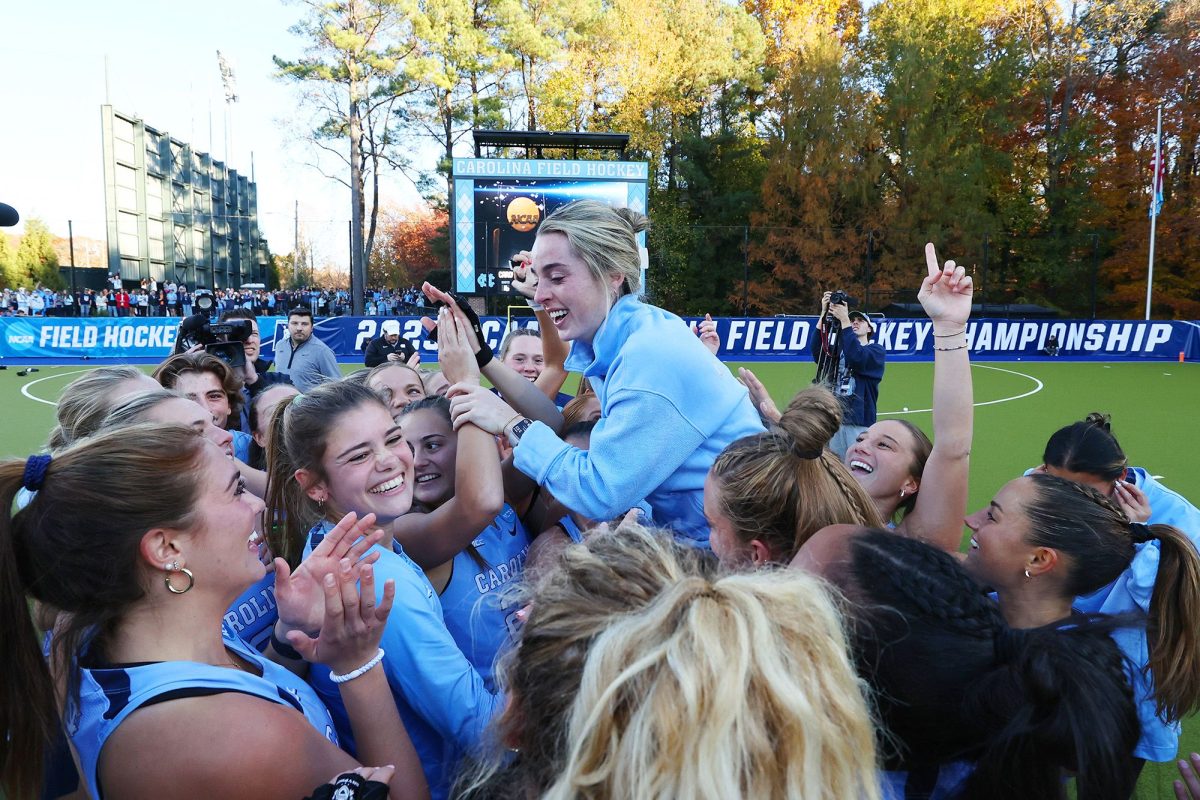
For many students juggling sports, school, clubs, and any form of extracurriculars leaves no time to socialize with friends. HHS especially focuses on sports and for many students practices occupy hours of their time daily. After practices students typically return home to complete several hours of homework, then straight to bed as they have to get up early to repeat the school, practice, and homework cycle. What time is there for students to socialize as it is a crucial part of their life? Lunch.
With only 30 minute lunch periods students don’t have the time needed to maintain and build upon friendships and relationships, food waste becomes more prominent, and overall mental as well as physical health conditions for students aren’t at their prime with the short lunch periods.
The friendships students establish are crucial and significant for their overall well-being. With only 30 minutes daily, the majority of students don’t have a sufficient amount of time to maintain those healthy relationships. In a survey given to several students here at HHS, 100% of the students surveyed reported lunch as being their only time to socialize with friends. With even more deducted time for students who choose to buy lunch. “Sometimes lines in lunch take a while (avg. 10 mins), so 20 mins isn’t enough to eat and talk with friends in my opinion.” A student here at HHS mentioned.
Scientific studies conclude friendship as a critical aspect of youths’ day-to-day lives as well as long-term futures’. According to an article published under Mayo Clinic, “[friendships] Increase your sense of belonging and purpose”. This sense of inclusiveness is vital during teenage years because these years are when many struggle with identity and finding themselves, furthermore friendships can help guide teens in the direction of who they are.
Mentioned from the same article, “[friendships] boost your happiness and reduce your stress”. Stress is a substantial burden for students due to school, sports, and other aspects of their life. These friendships are a gateway into a healthy and more stress free lifestyle for teens. Due to lunch being the only time when students have the opportunity to socialize with friends, the extension would create benefits for students regarding the healthy friendships and relationships in their life that they can maintain through this time.
According to an article published by Anxiety Canada, “improving your social support is linked to better mental health in general, since having good friends can act as a “buffer” for feelings of anxiety and low mood.” Overall mental health plays an active role in everyone’s life, and in particular teens can especially be impacted by it. As mentioned, being able to engage socially with others improves mental health, moreover the prime time for most students to socialize is lunch and giving students a more extended amount of time to socialize can have a significant impact on their mental health.
Another prominent issue that short lunches present is food waste. “K12 Dive” reports that, “school food waste totals 530,000 tons per year and costs as much as $9.7 million a day to manage.” With only 30 minutes to buy, sit down, and eat lunch, HHS causes part of that large sum of food waste because most food gets thrown away due to the short amount of time. If HHS extended its lunches by just another 10 minutes we would produce less food waste and not be such a substantial part of a country-wide issue.
Despite the extensive amount of food waste that contributes to a U.S issue, the food waste is also significantly harmful to students since they are not getting the proper nutrition needed since they have to dispose of the food. Especially at HHS where the majority of students partake in sports, nutrition is essential.
Additionally, the body requires a certain amount of calories per day and when consumed over or under that amount, unhealthy habits can start. The short lunches tend to result in students eating more snack-like foods rather than actual meals, this is where calorie consumption becomes an issue because too little or too much can significantly hurt one. Regarding this matter, “KingCounty.gov”, “When people have less time to eat or when they eat meals faster, calorie consumption increases. According to the U.S. Department of Agriculture (USDA), many unhealthy eating habits can be established during childhood”. In addition, some students skip eating because of the short period of hardly enough time to finish a meal.
One inconvenience that may arise If lunch was to extend would be the school day would possibly also have to be extended. Although the extension of the school day would seem like the only solution, there are other ways to extend lunch periods while also keeping the school day at its normal length. By taking off only two minutes from each class the lunch period could extend by 14 minutes, while also maintaining the same length of the school day.
The extension of the lunch periods here at HHS could let countless benefits arise. Students’ social skills, mental health, physical health, could improve while also allowing food waste to decrease. Several students here at HHS have claimed that longer lunches would be extremely helpful in several different ways. In order for an impact to actually occur, the extension doesn’t have to be significantly long, even 5-10 minutes can make the most of differences!































